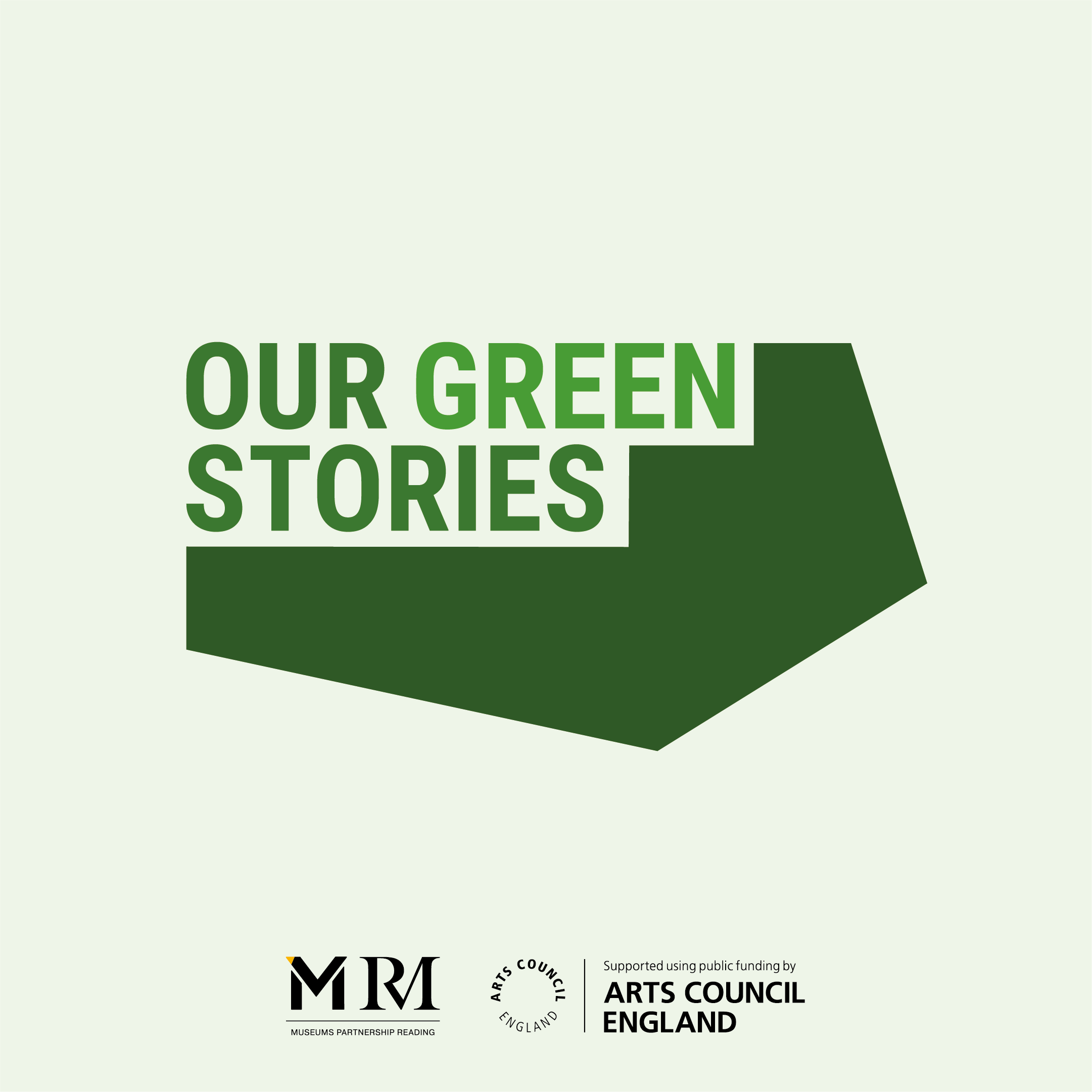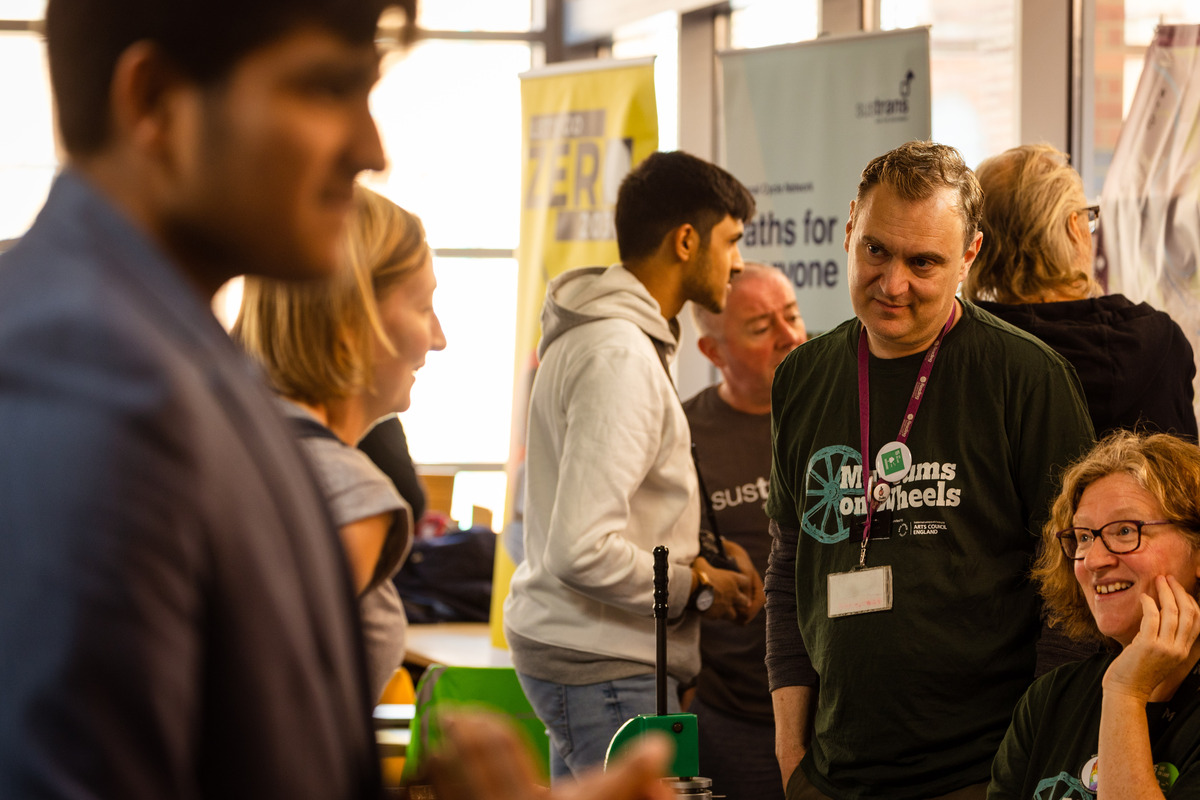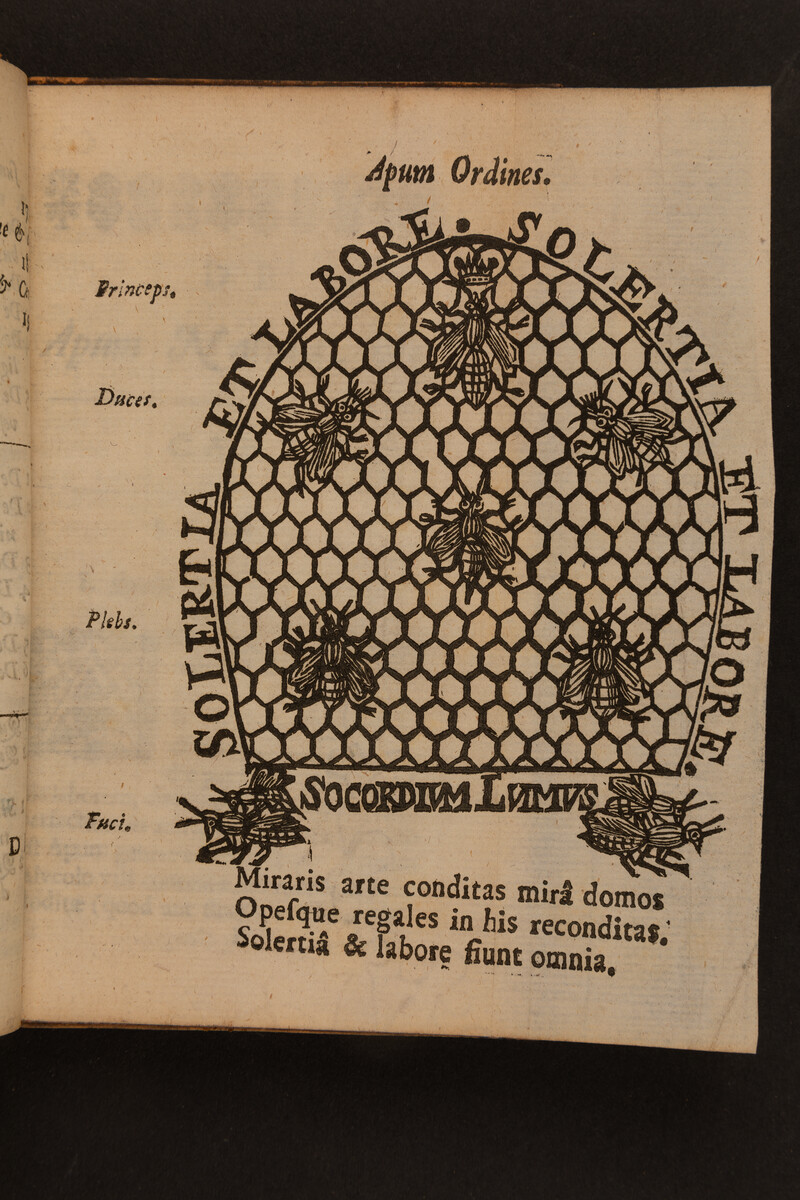Our Green Stories: the next chapter
Last year, Museums Partnership Reading (The MERL and Reading Museum, funded by Arts Council England) embarked on Our Green Stories. The campaign draws on our collections and Reading’s history to explore themes related to climate change and biodiversity loss and the positive actions that we can all take.
In this blog, learn about our next steps for Our Green Stories, and find out what we’re looking forward to bringing you at Reading Museum and The MERL in the months ahead!

Consultation
As we began Our Green Stories, we wanted to shape the campaign around the thoughts, feelings, and concerns of our community. So, we set out to undertake consultation across Reading, meeting people in different spaces throughout the town to learn about how we could develop a programme that would make a real difference in the lives of local people.
We started this consultation at the Reading Climate Festival and then continued it across a range of local events– including the Climate Festival Youth Fair, a High Street Heritage Action Zone event at Reading Library, the University’s Sustainability Fair, and at both museums. In the sessions, we shared six of the United Nation’s Sustainable Development Goals—a set of seventeen concepts and goals that form a compass for creating a more sustainable future—that are most relevant to our work and collections. Across more than 100 detailed conversations, we then asked participants how confident or concerned they felt about them.

This process sparked interesting conversations about issues that were clearly close to the hearts of our communities. We learned that we needed the campaign to focus on solutions: to not dwell on what we cannot do, but to explore the ways in which museums can help people to learn about climate change and gain new skills and insights. During these conversations, we also learned about the remarkable work undertaken throughout our town by different organisations, and we felt that the campaign would benefit by championing and involving these people and places that make Reading a greener place to live.
At the same time, we will be continuing this consultation at The MERL and Reading Museum through the work of our new Our Green Stories volunteers.
Life Below Water
Reading’s history is entwined with the courses of its rivers. From the Thames to the Kennet and minor streams beyond, the waterways of the Thames Valley have repeatedly transformed Reading’s prosperity and wealth. They brought trade, industry, and pilgrims, as well as risks like flooding and even invading armies like the Vikings in the 9th century, who utilised the town’s rivers as a defence for their winter camp. Reading’s history is well-known for its three Bs (as explored by the Our Green Stories blog on Sutton’s Seeds), but these could easily be complemented by another one in the form of the town’s many bridges, which literally and metaphorically bring together the many spaces of historic and modern Reading.
It is not unusual for water to play a pivotal role in the making of a place, because safe access to water has always been critical for human society’s development and growth. It remains the case today. Indeed, water access forms one of the UN Sustainable Development Goals: Life Below Water.

During the consultation, we learned that water safety ranked as the Sustainable Development Goal that Reading people felt they could do the least about. So, in the months ahead, we will be working with local people and an artist to shape a participatory programme exploring the theme of water, exploring its role in our lives today. Simultaneously, this year marks 300 years of the first use of the Kennet Navigation which is now part of the Kennet and Avon Canal, and so activities and artwork will enable us to treasure this tangible element of Reading’s natural and industrial heritage.
Create A Buzz
From public and private gardens to meadows and parks, Reading’s many green spaces provide homes for animal life. We explore natural history throughout our collections at both museums, whether through the many specimens displayed in Reading Museum’s Green Space or the vast photographic archives and library collections at The MERL.
As part of Our Green Stories, we are going to be looking specifically at the enormous value played by pollinators in building food security through our upcoming project, Create A Buzz. This will involve hundreds of local school students creating their own unique paper sculpture bee and making a personal pledge to protect insects. This collective installation will be displayed in the run-up to Earth Day, and there will be the opportunity for participants to work with an artist to make and add a bee of your own. This forms part of The Wild Escape, made possible by lead support from Arts Council England’s National Lottery Project Grants, with additional support from Art Fund.

Find out more about Our Green Stories
Discover everything coming up at The MERL and Reading Museum within Our Green Stories by heading to the Our Green Stories page!
